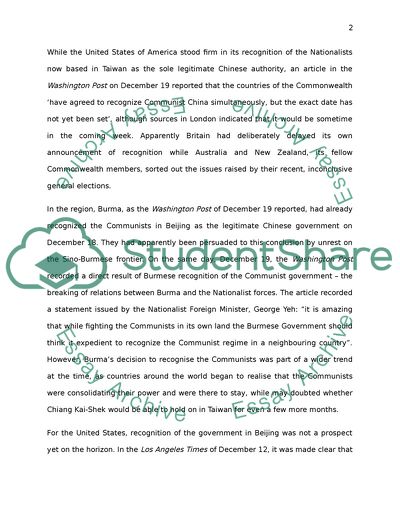Cite this document
(“Territorial Expansion And Foreign Defence Challenge In China Term Paper”, n.d.)
Territorial Expansion And Foreign Defence Challenge In China Term Paper. Retrieved from https://studentshare.org/history/1747323-20th-century-china
Territorial Expansion And Foreign Defence Challenge In China Term Paper. Retrieved from https://studentshare.org/history/1747323-20th-century-china
(Territorial Expansion And Foreign Defence Challenge In China Term Paper)
Territorial Expansion And Foreign Defence Challenge In China Term Paper. https://studentshare.org/history/1747323-20th-century-china.
Territorial Expansion And Foreign Defence Challenge In China Term Paper. https://studentshare.org/history/1747323-20th-century-china.
“Territorial Expansion And Foreign Defence Challenge In China Term Paper”, n.d. https://studentshare.org/history/1747323-20th-century-china.


